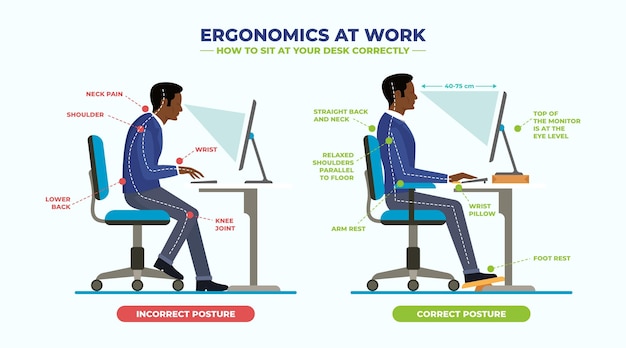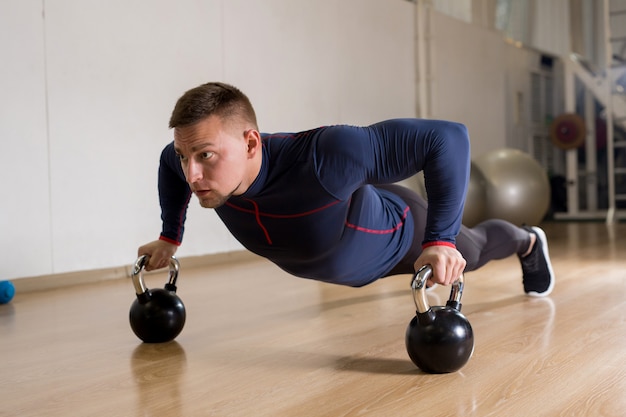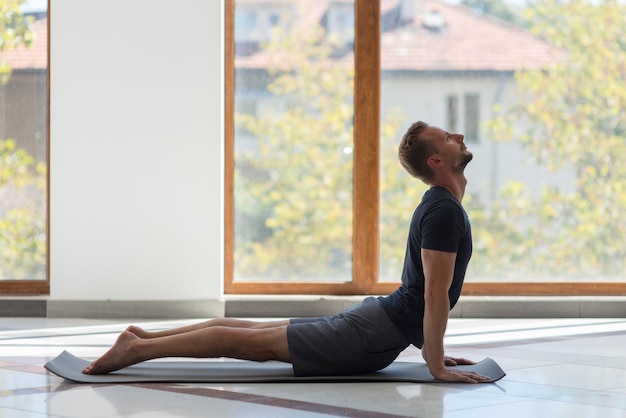If you spend most of your day at a desk, you're likely no stranger to slouched shoulders, a stiff neck, or lower back tension. Poor posture from prolonged sitting is one of the most common issues facing modern workers. But the good news? You don’t need a gym membership or hours of training to reverse it. With the right tools—like kettlebells or dumbbells—and a few daily habits, you can significantly improve your posture and feel better at work and beyond.
Sitting for long periods, especially with poor ergonomics, leads to muscle imbalances. The chest tightens, the upper back weakens, and the core disengages. This creates a forward-head posture and rounded shoulders—a condition often called "tech neck" or "desk hunch." Over time, this can lead to chronic pain, reduced mobility, and even breathing difficulties.
The solution lies in strengthening postural muscles—especially the upper back, rear shoulders, and core—while improving mobility and body awareness. This is where resistance training tools like kettlebells and dumbbells come in.

Both kettlebells and dumbbells are effective for building strength, but they serve different purposes due to their design.
While both tools help, kettlebells have a slight edge for desk workers because their unique design promotes movement patterns that mimic real-life motions and naturally engage the postural muscles.
For example, kettlebell swings activate the glutes, hamstrings, and lower back—muscles that support spinal alignment. The overhead press and Turkish get-up improve shoulder stability and thoracic mobility, both crucial for upright posture. Plus, the dynamic nature of kettlebell training encourages body awareness and core engagement, which are often lacking in sedentary individuals.
Dumbbells, on the other hand, are better for precision. Exercises like bent-over rows, face pulls, and prone Y-raises isolate the upper back and rear shoulders—key areas weakened by slouching. They’re perfect for beginners learning proper form or those recovering from minor postural strain.
Equipment alone won’t fix posture. Consistency and daily habits are key. Try these evidence-based tips:
Perform 2 rounds:

Perform 2 rounds:
Research shows that resistance training improves postural control and reduces musculoskeletal discomfort, especially in sedentary populations. A 2020 study published in the Journal of Physical Therapy Science found that 8 weeks of regular strength training significantly reduced forward head posture and rounded shoulders in office workers.
Additionally, dynamic movements like kettlebell swings have been shown to increase muscle activation in the posterior chain by up to 30% compared to traditional weightlifting exercises, according to biomechanical analyses.
For most desk workers, starting with dumbbells is safer and more accessible. They allow you to build foundational strength and master form. As you progress, adding kettlebells can enhance functional strength, mobility, and core stability—key components of lasting postural improvement.
The best approach? Combine both. Use dumbbells for isolation and kettlebells for integration. Pair them with consistent habits, and you’ll not only stand taller—you’ll feel stronger and more energized throughout your workday.

Fitness

Fitness

Fitness

Fitness

Fitness

Wellness

Fitness

Fitness

Wellness

Health

Wellness

Fitness

Health

Fitness

Health

Health